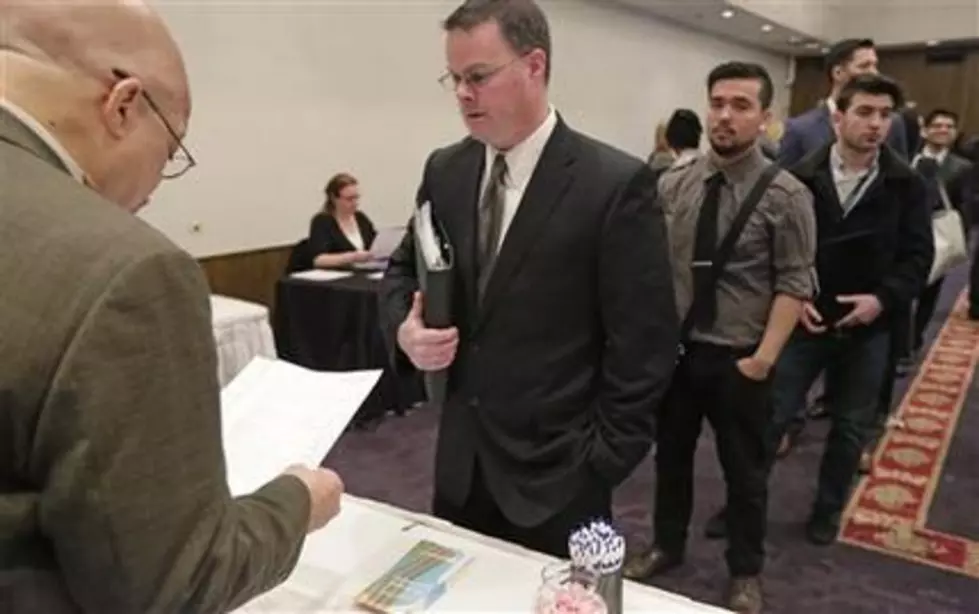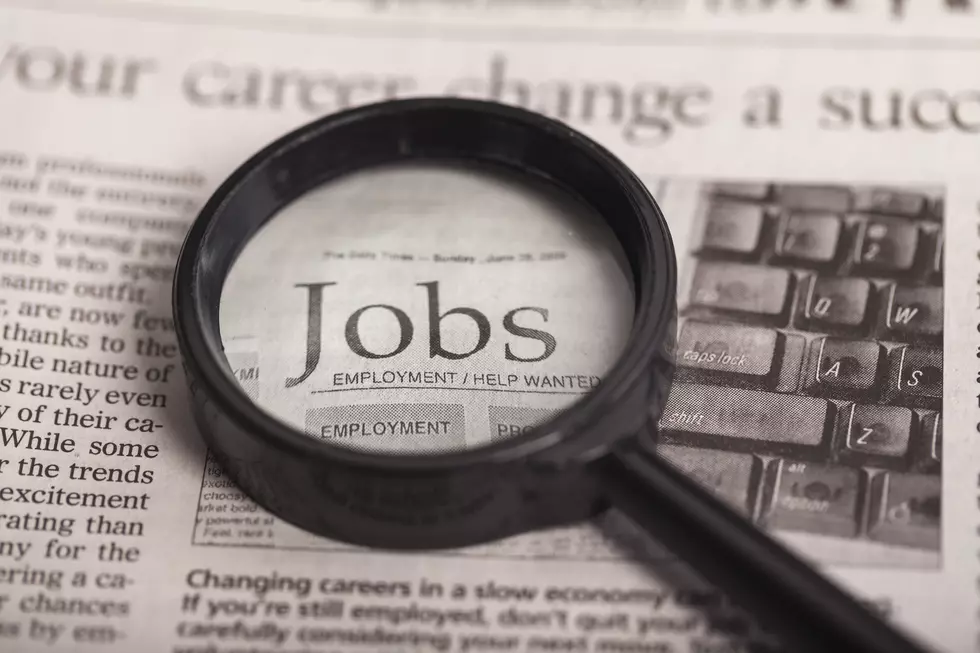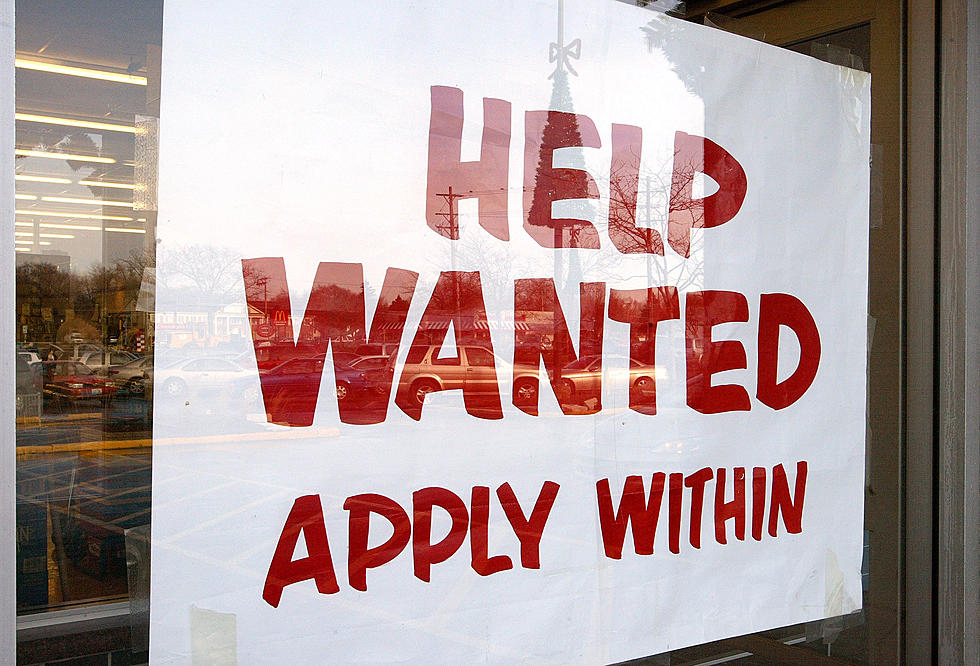
US employers hire at blistering pace, defying global trends
American employers added a robust 292,000 jobs in December, suggesting that the U.S. economy is so far defying global weakness and growing solidly.
The strong hiring underscores the resilience of the United States at a time of financial turmoil stemming from China's slowing economy and plummeting stock market. Most economists expect U.S. consumer spending to continue to offset overseas weakness, though many foresee only modest U.S. growth.
In its monthly jobs report Friday, the Labor Department said the unemployment rate was 5 percent in December for a third straight month. More Americans started looking for jobs and found them.
The government also said employers added a combined 50,000 more jobs in October and November than it had previously estimated. For the July-September quarter, hiring averaged 284,000 a month -- the best three-month pace in a year.
Even as many more jobs have been added, the unemployment rate has held at 5 percent for the past three months because nearly 1 million more Americans have begun seeking jobs since September. That influx has kept the number of unemployed nearly unchanged at 7.9 million.
A resilient U.S. economy will likely help some other countries by drawing in more imports, especially as the higher-valued dollar holds down the prices of foreign goods. The World Bank said this week that Mexico and emerging markets in Central America should fare better than the rest of South America because of their proximity to the healthier U.S. economy.
Still, the effect could be limited if Americans' spending remains concentrated in services -- from restaurants to health care -- rather than factory goods.
At the same time, Friday's solid jobs report could make it more likely that the Federal Reserve will further raise rates after announcing its first increase in nearly a decade last month. Steady hiring would reduce the supply of people seeking jobs, which could lead to higher pay and possibly help lift inflation closer to the Fed's 2 percent target.
Many economists expect the Fed to raise its benchmark rate three times this year. Stuart Hoffman, chief economist at PNC Financial Services, says the robust jobs data means the next increase will likely be in March.
Still, the jobs report contained no signs of inflation. That led other economists such as Alan Levenson at T. Rowe Price to say that Fed officials may need to see prices rise further before raising rates again.
U.S. stocks rose modestly after the jobs report was issued. The Dow Jones industrial average was up about 24 points in late morning after falling sharply all week.
For all of 2015, employers added 2.65 million jobs, a monthly average of 221,000. That made 2015 the second-best year for hiring since 1999, after 2014.
"2015 went out with a mega-bang," says Patrick O'Keefe, director of economic research at the consulting firm CohnReznick. "It speaks to the underlying strength of the domestic economy. The United State is intertwined with the international economy but to a far lesser degree than many other countries."
O'Keefe noted that global trade accounts for only about 30 percent of U.S. economic activity, one of the lowest such percentages in the world.
Kevin Logan, chief U.S. economist at HSBC, says U.S. factories remain vulnerable to slowing global growth. But manufacturing makes up less than 9 percent of U.S. employment. Many factories are now highly automated and don't employ as many people as they used to.
"People are consuming things that aren't things, like data plans, restaurant meals, health care and entertainment," Logan said. "The international turmoil can be shrugged off to some extent."
Sam Rothschild, chief operating office for Slim Chickens, a restaurant chain in Fayetteville, Arkansas, with 30 locations, says it plans to open 20 restaurants this year, creating about 800 jobs.
Yet it's become harder to find workers, particularly in areas where unemployment has fallen as low as 2 percent, as in parts of Nebraska and Oklahoma. The company raised pay as much as 10 percent last year in those areas.
"That's what you need to do to attract employees in these markets," Rothschild says.
Industries that are focused on domestic, rather than overseas, demand also hired robustly in December: Construction added 45,000 jobs, likely in part because of unusually warm weather. Professional and business services, which includes accountants, engineers, and architects as well as lower-paid temporary workers, added 73,000.
That is helping offset weak gains in manufacturing, which added just 8,000 jobs last month and only 30,000 last year, down from 215,000 in 2014.
Even as demand for workers grew, average pay slipped a penny in December to $25.24 an hour. Still, average pay has risen 2.5 percent in the past year, only the second time since the Great Recession ended in mid-2009 that it's reached that level. At the same time, pay growth remains below the roughly 3.5 percent pace typical of a healthy economy.
For months, U.S. employers have hired steadily even as global growth has flagged and financial markets have sunk. Still, stumbling growth in countries like China, the world's second-largest economy, and financial market turmoil might pose long-term challenges for the U.S. economy.
(Copyright 2016 The Associated Press. All rights reserved. This material may not be published, broadcast, rewritten or redistributed.)
More From New Jersey 101.5 FM









